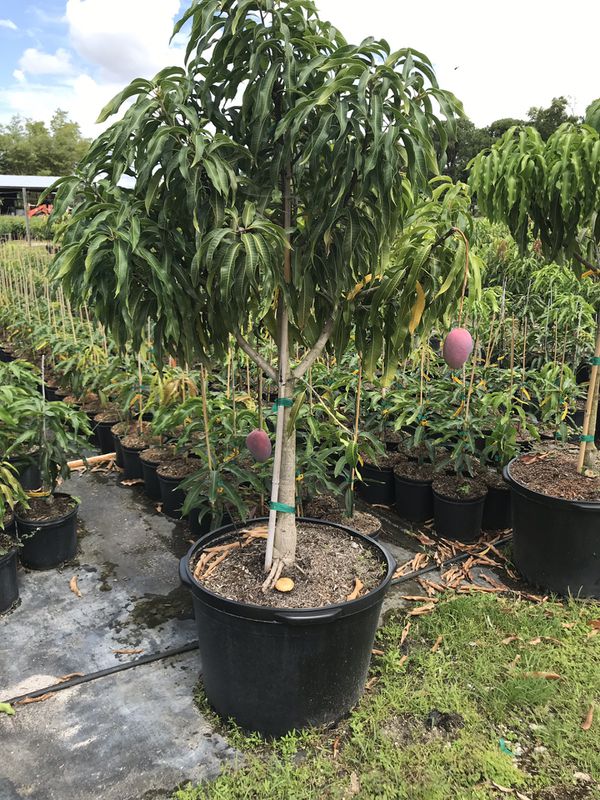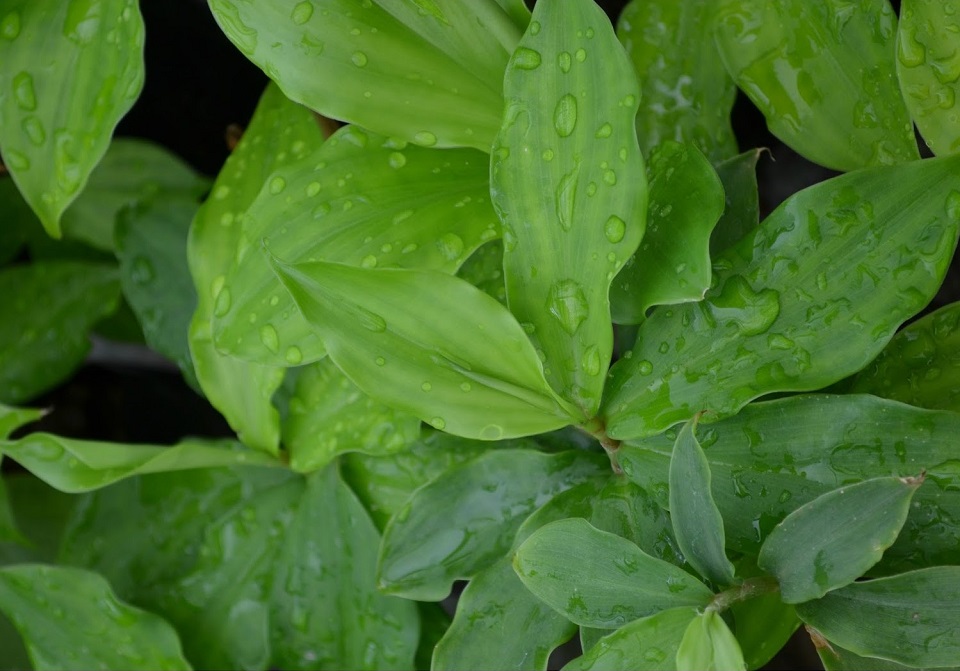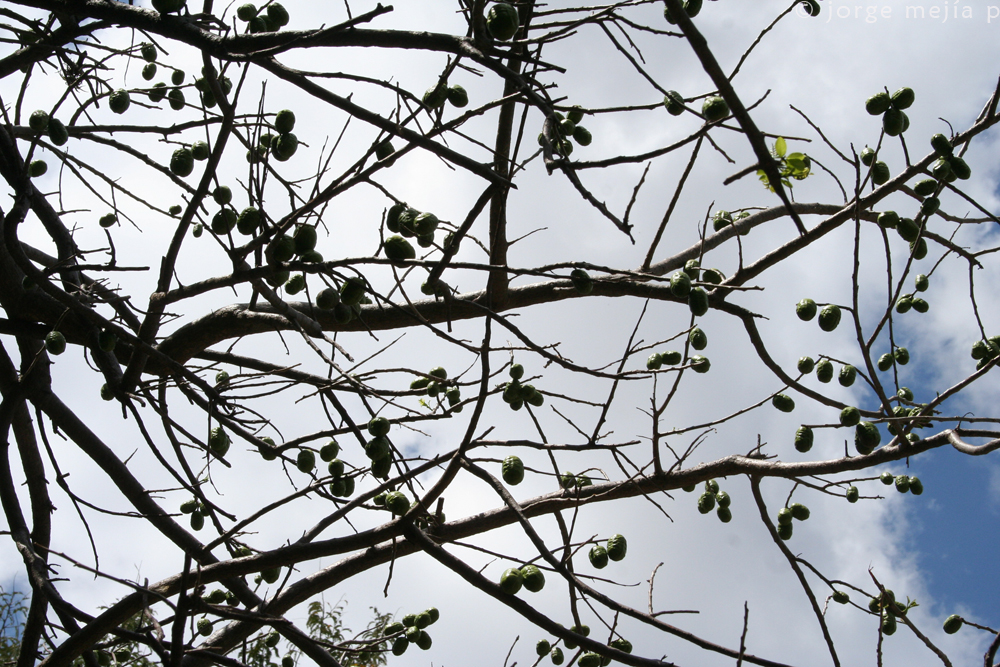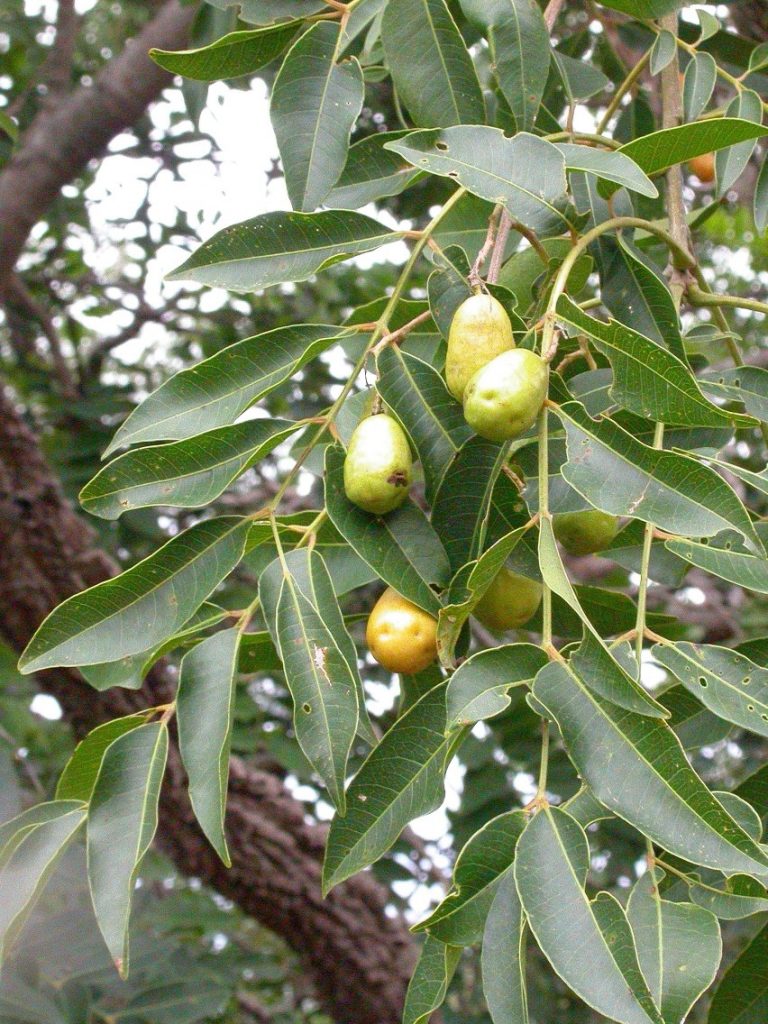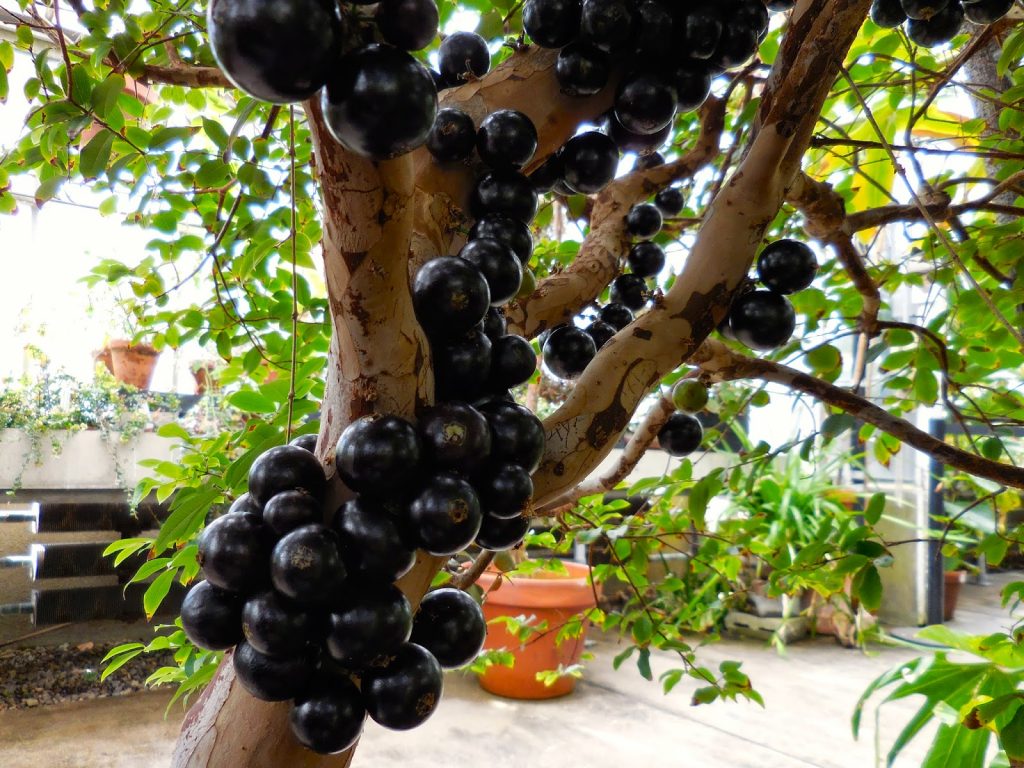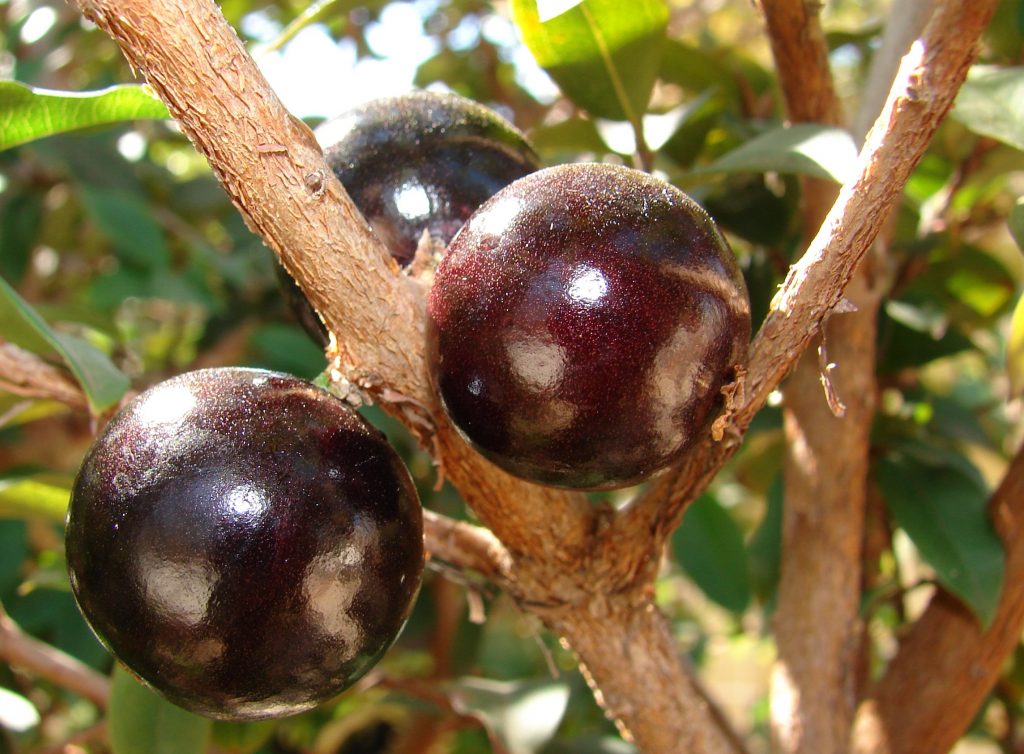Took an early morning drive out to Nick’s Edibles in St. Cloud today, to pick up some new stuff I’ve not found elsewhere.
Fruit punch mango
Mango Tree Fruit Punch variety Although this is a relatively new cultivar it is already receiving rave review amongst mango connoisseurs and home gardeners alike. True to its namesake, the fruit from this amazing variety has a medley of flavors earning it the name Fruit Punch mango
Insulin plant
Chamaecostus cuspidatus, common name fiery costus or spiral flag, is a species of herbaceous plant in the Costaceae family native to eastern Brazil. In India, it is known as insulin plant for its purported anti-diabetic properties.
Red Hog plum
Spondias purpura is a species of flowering plant in the cashew family, Anacardiaceae, that is native to tropical regions of the Americas, from Mexico to Brazil. It is also very common in most of the Caribbean Islands. It is commonly known as jocote, which derives from the Nahuatl word xocotl, meaning any kind of sour or acidic fruit. Other common names include red mombin, plum, purple mombin,[2] hog plum, ciruela huesito (Colombia), ciruela, ciruela traqueadora (Panama), ciriguela, cirigüela,[3] cirguela,[4] cirguelo (Ecuador), and siniguelas (Philippines). It is a popular fruit throughout Central America, particularly in El Salvador, Nicaragua , Honduras and in Costa Rica.
Yellow Hog plum
Spondias mombin, also known as yellow mombin or hog plum is a species of tree and flowering plant in the family Anacardiaceae. It is native to the tropical Americas, including the West Indies. The tree was introduced by the Portuguese in South Asia in the beginning of the 17th century. It has been naturalized in parts of Africa, India, Nepal, Bangladesh, Sri Lanka, The Bahamas, Indonesia, and other Caribbean islands. It is rarely cultivated except in parts of the Brazilian Northeast.
Jaboticabo
Plinia cauliflora, the Brazilian grapetree, jaboticaba or jabuticaba, is a tree in the family Myrtaceae, native to Minas Gerais, Goiás and São Paulo states in Brazil.[3] Related species in the genus Myrciaria, often referred to by the same common names, are native to Brazil, Argentina, Paraguay, Peru and Bolivia.[4] The tree is known for its purplish-black, white-pulped fruits which grow directly on the trunk; they can be eaten raw or be used to make jellies, jams, juice or wine.
